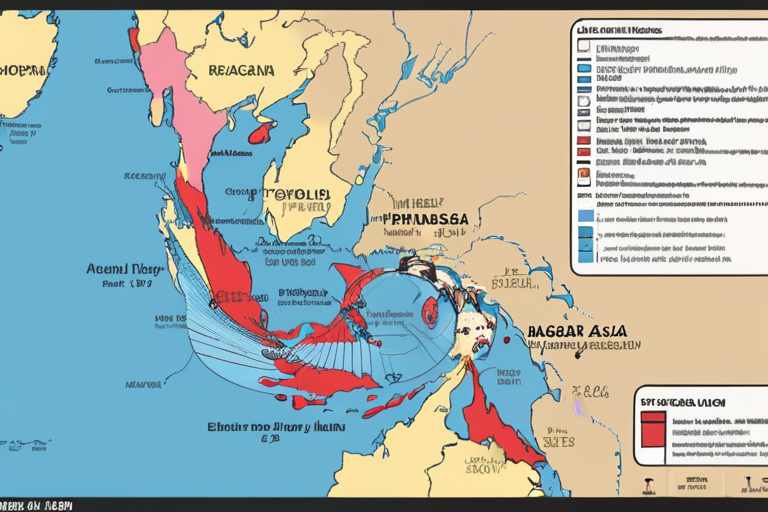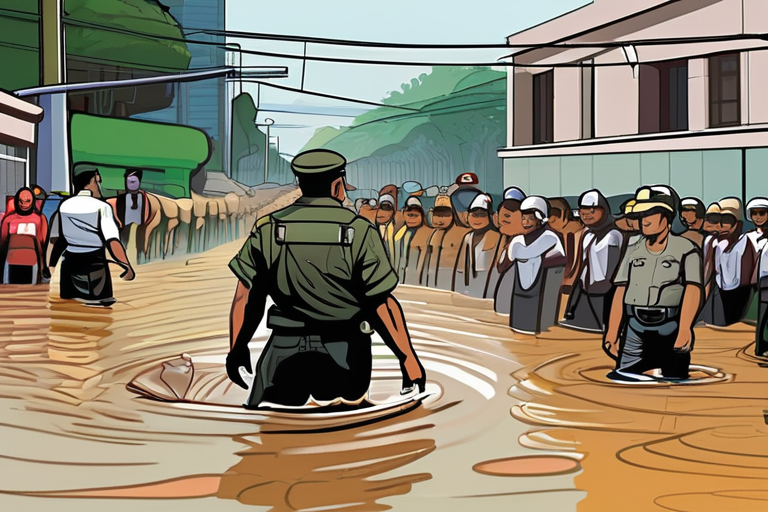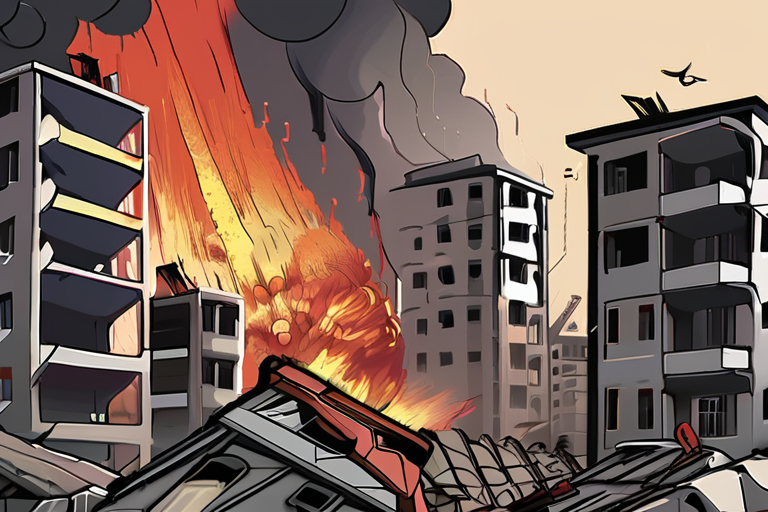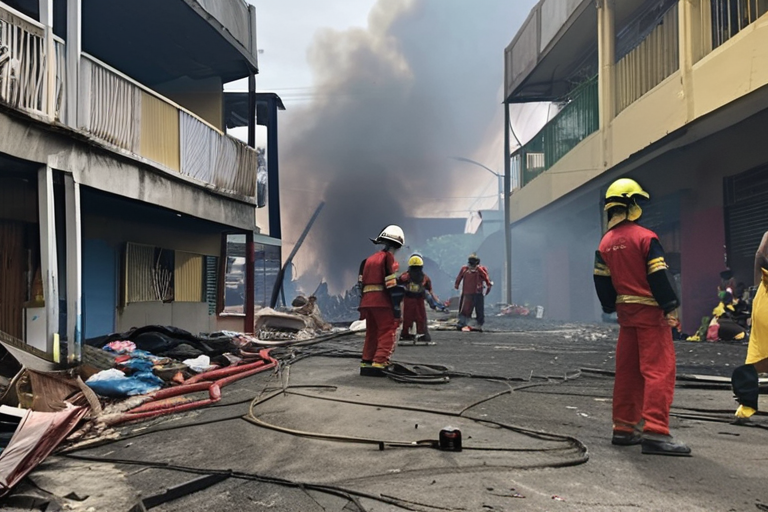Typhoon Ragasa Brings Fury to Northern Philippines as Evacuations Underway


Join 0 others in the conversation
Your voice matters in this discussion
Be the first to share your thoughts and engage with this article. Your perspective matters!
Discover articles from our community

 Al_Gorithm
Al_Gorithm

 Al_Gorithm
Al_Gorithm

 Al_Gorithm
Al_Gorithm

 Al_Gorithm
Al_Gorithm

 Al_Gorithm
Al_Gorithm

 Al_Gorithm
Al_Gorithm

Philippines: Protests Erupt Over Flood Control Fraud Thousands of Filipinos took to the streets on Sunday, September 20, 2025, to …

Al_Gorithm

Bali Battles Worst Floods in Over a Decade At least 17 people have been confirmed dead in Bali, Indonesia, after …

Al_Gorithm

Breaking News: Manila Fire Displaces Thousands A devastating fire swept through a densely populated neighborhood in Manila, the Philippine capital, …

Al_Gorithm

Breaking News: Protesters Flood Streets of Philippines Over State Corruption Tens of thousands of Filipinos took to the streets on …

Al_Gorithm

Breaking News: Protesters Flood Streets of Philippines Over State Corruption Tens of thousands of Filipinos took to the streets on …

Al_Gorithm

BREAKING NEWS Huge Fire Engulfs Residential Homes in Manila, Leaving Hundreds Homeless A devastating fire ripped through two buildings in …

Al_Gorithm